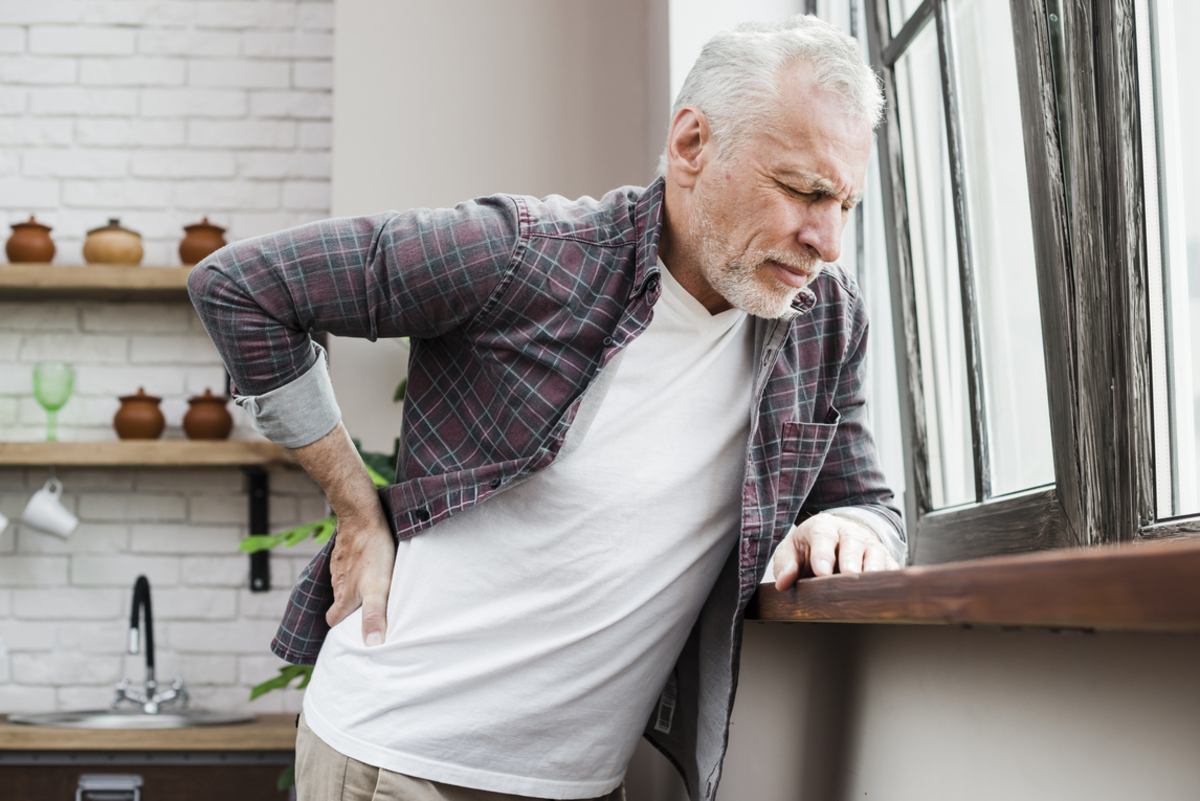Mobility and balance impairments are some of the most debilitating manifestations of Alzheimer's Disease. Afflicting approximately four percent of the world population, Alzheimer's is a relatively common condition that still lacks a promising treatment and that can be quite frustrating for not only patients but also loved ones.
These limitations will not present at the earliest onset of the disease but as the disease worsens, independence will be lost. Simple activities like standing or even sitting in a chair can become nightmares for patients and require a team to help accomplish each movement.

Reasons why Alzheimer's patients have trouble standing or sitting up in a chair
It is no secret that people develop noticeable deficits in maneuverability as they age. When there is also another underlying condition that can speed up this process, mobility can be dramatically affected in a short amount of time. This is especially true for a condition like Alzheimer's Disease.
This is a condition in which the brain degenerates at a quicker rate compared to normal aging. The reason for this is still debated but some of the most plausible theories focus on damaged proteins that accumulate in the brain. These plaques can damage brain regions responsible for memory, problem solving, and the coordination of movements.
This reduction in movement is a big reason why patients will start to have problems standing or even sitting up in a chair. There are many small muscle groups that help our quadriceps stabilize our lower body and help us stand. When we are standing and walking normally, these muscles are constantly strengthened and supplied with nutrients and blood to nourish them.
When movements become more restricted,on the other hand, the muscles will start to actually lose strength. The old adage of "if you don't use it, you lose it," can apply quite nicely to this scenario. Without routinely moving or standing, these muscles will start to become weaker and weaker and patients will quickly lose their stability. This creates a cycling scenario where patients become less confident in their movements, become even more reluctant to move around because they fear the risk of falling, and muscles become even weaker. Eventually, muscle atrophy will occur. This is the process where muscle fibers begin to shrink and disappear so even simple movements like sitting up or standing can be quite tiresome for someone.
How can Alzheimer's patients stand or sit up more easily?
The most important things a person suffering from Alzheimer's Disease can do is to routinely exercise the muscle groups responsible for standing or rising up from a chair in order to preserve muscle function. This can be quite troublesome for some patients who have severe balance problems, so if there is a risk of falling, make sure that these exercises are conducted in the presence of a chaperone. This could be a spouse, friend or physical therapist.
Falling will become more and more likely as the disease progresses. One study found that 50 percent of patients with early Alzheimer's and good balance experienced a significant fall within the next three years. Due to the complications of falling, there is a great increase in the risk of death in this population, as surgeries to correct broken bones carry a high risk of pulmonary embolism.
Programs are available throughout most of North America and Europe that are designed to help patients with Alzheimer's Disease. These types of programs not only help an adult with Alzheimer's learn various exercises that can help stabilize their balance, but they will also be educated on the symptoms they can expect to encounter as the disease progresses, train their balance, and improve their flexibility.
In one such program, patients were offered a trial membership where home health professionals met with the patient biweekly for the first three weeks, weekly for the next four weeks, and finally biweekly in the final four weeks for the last bit of therapy. These sessions were individualized based on the specific patient to account for the level of mobility and amount of help from family and friends.
If such programs are unavailable or too costly, the best solution would be to try to do these remedies yourself with a physiotherapist specializing in geriatrics. The specialist will be able to provide training that could be carried out at home. It is also wise to ensure that a patient suffering from Alzheimer's Disease has access to walking aids and cell phones in order to prevent falls that could happen while they are alone.
Unfortunately, medications proven to improve muscle strength are not available. Exercise and strength training is the most effective treatment to date.


Your thoughts on this